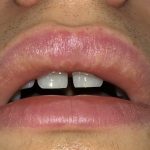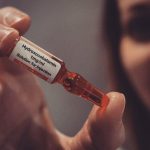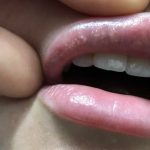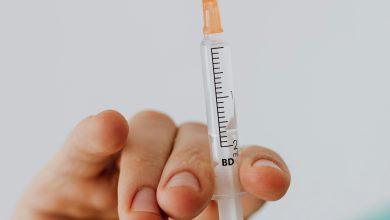How To Cover Bruises From Filler Injections
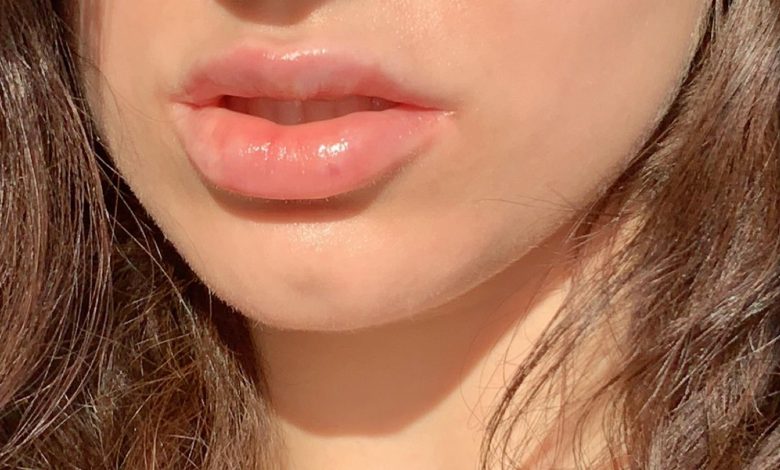
According to the latest plastic surgery statistics report from the American Society of Plastic Surgeons, there were approximately 7.4 million injections of botulinum toxin (Botox) and 2.6 million dermal filler injections in 2018. This made them the top two most popular minimally invasive cosmetic procedures in America.
Although Botox is a more popular household name, dermal fillers work a bit differently. These Hyaluronic acid (HA) filler injections add volume to deep wrinkles, hollow cheeks, and help plump lips. They can also help contour certain aspects of the face as well. As we age, our skin loses elasticity. Dermal fillers like Juvederm, Restylane, and Restylane Lyft are able to help restore volume without the risk or expense of surgery.
Clients enjoy dermal fillers because there is no downtime or recovery period and results appear almost instantly. It’s also reported that dermal fillers are a very low-risk treatment, which may contribute to its increased popularity. Over the last several years, dermal fillers have been one of the top nonsurgical cosmetic treatments performed in the United States. In fact, over one million treatments were performed last year alone.
However, despite its many benefits, bruising remains recurring in most patients who have embraced dermal fillers. Bruising is the most common side-effect associated with fillers, especially when injected into the lips or tear troughs. Bruising is a perfectly normal response to injections of any kind, you should not be concerned if you do bruise a little. Though most doctors usually try to avoid bruising, sometimes our bodies just react negatively to being poked and prodded with needles.
Bruising occurs when blood vessels are punctured by the needle used to inject the filler under the skin. Indeed, some degree of bruising should always be expected when having any kind of injection (medical or cosmetic). The reason that lips and tear troughs are so susceptible to bruising is that they are quite vascular, so the veins are harder to avoid. However, bruising from filler injections is no different from any other type of bruise, such as those from blood tests or immunizations. As with any other, the kind of bruise you get from fillers will usually subside within 5-7 days.
Inherent in any kind of injection is the risk of bruising or swelling – this comes with the territory of putting a sharp needle into the skin. To reduce the chance of bruising, and to contain the bruise (if it happens!), our doctors sometimes choose to use a needle called a ‘cannula.’ This is a long, blunt-tip needle. It is used to create one entry point per side of the face. This means that only one injection site is needed, and the bruising may therefore be contained to just one area.
How to cover bruises from filler injections
Each doctor will recommend doing different things to either prevent or reduce bruising. Generally, to cover bruises from filler injections you can apply Lasonil or Hirudoid creams onto the bruised area which can help reduce the intensity of the bruise and cause it to fade a little quicker.
Applying these creams should be done carefully and gently, to avoid disrupting the position of the filler, and prevent the bruising from getting worse. It is up to you to decide if you think Lasonil or Hirudoid will help; both of these can be purchased over the counter. Dermal filler bruises can also be hidden with a concealer.
Does Nelsons Arnicare Arnica cream reduce bruising?
Nelsons Arnicare Arnica Cream, a traditional herbal medicinal product may provide symptomatic relief for bruises. But there is no scientific evidence to confirm the efficacy of Arnica-containing products. Despite the lack of evidence for effectiveness, Arnicare Arnica cream is a popular choice for many people looking for a cream to reduce bruising. Arnicare Arnica cream is available in most supermarkets and online.
We strongly recommend that you follow the recommendations of your doctors; it is important that you always take the advice of your own injector. This is because each injector will use a slightly different approach and may even use different products. Their advice will be tailored and personalized to their own technique and product, so it is important to listen to them.

